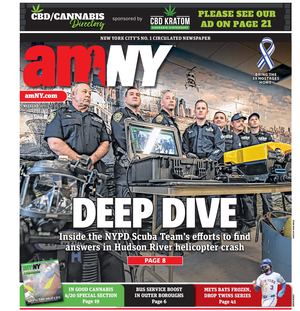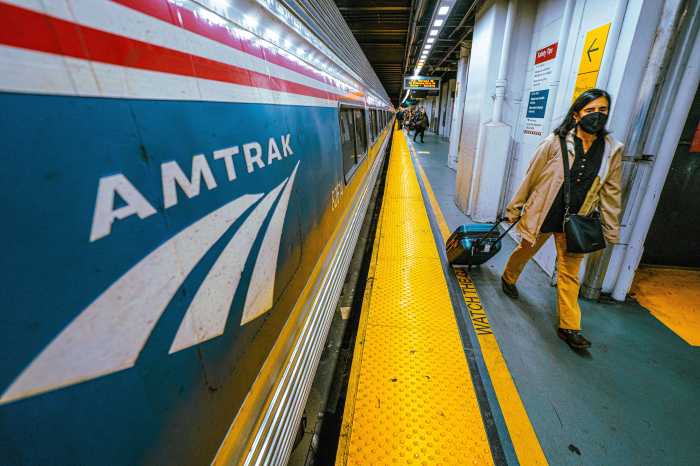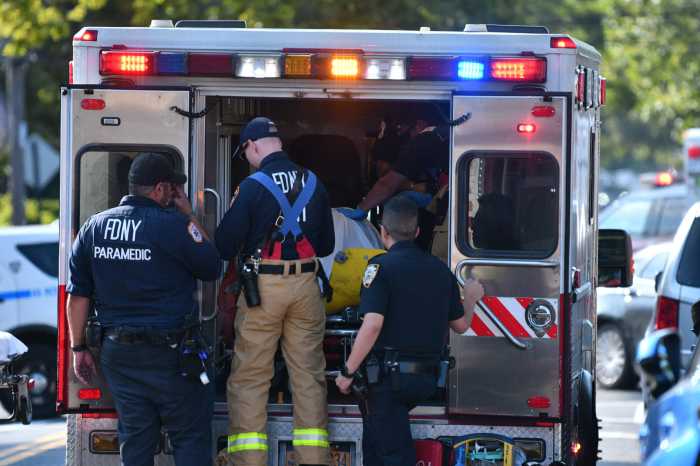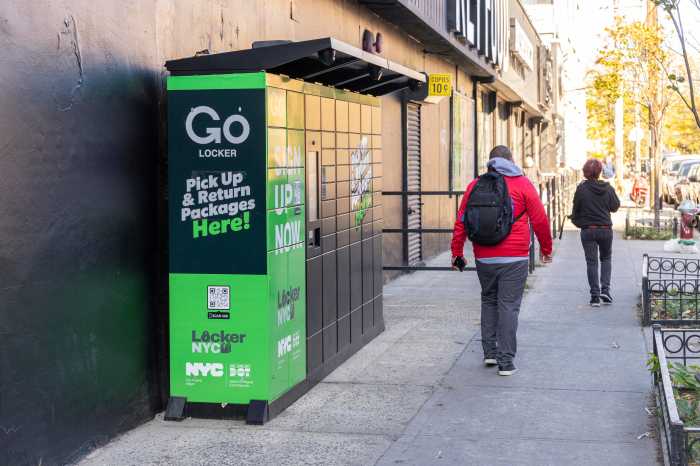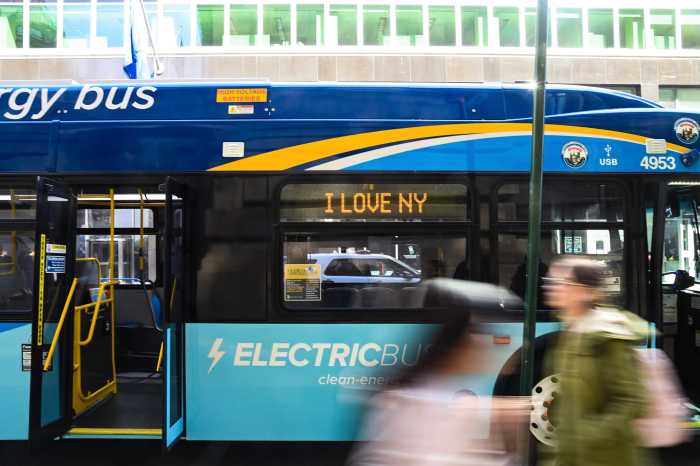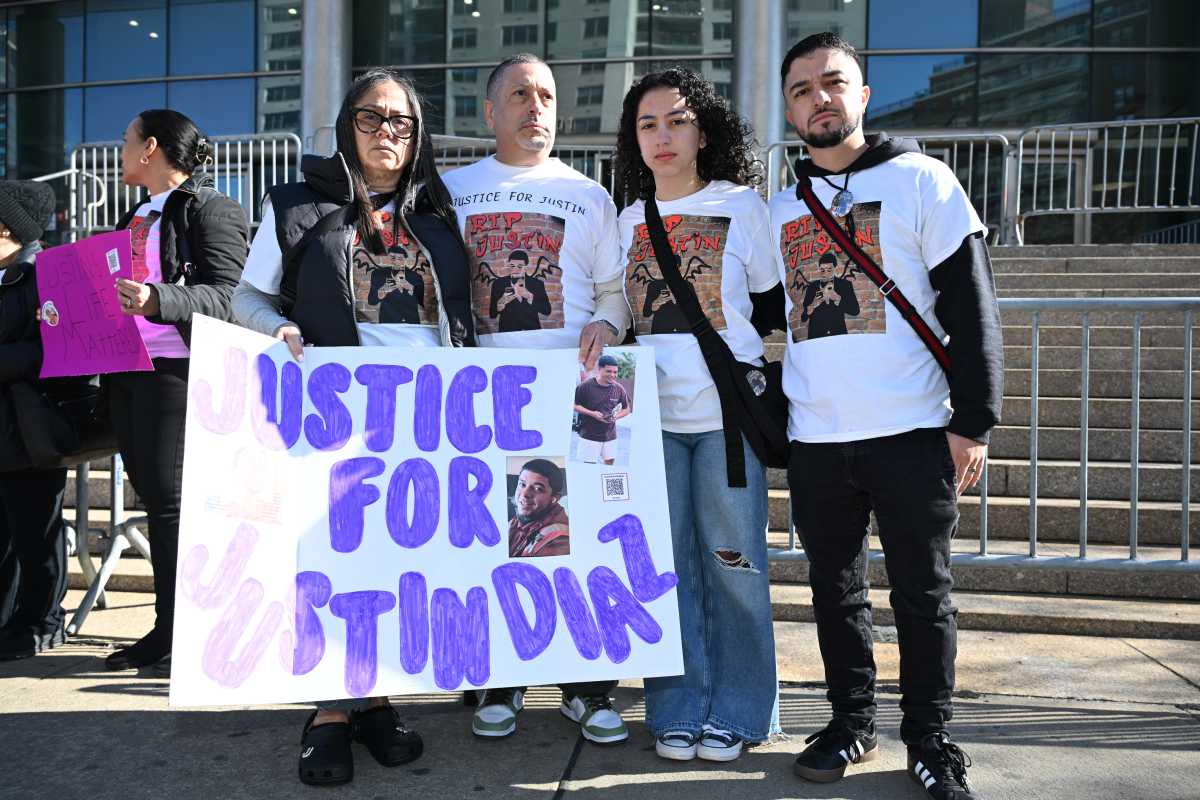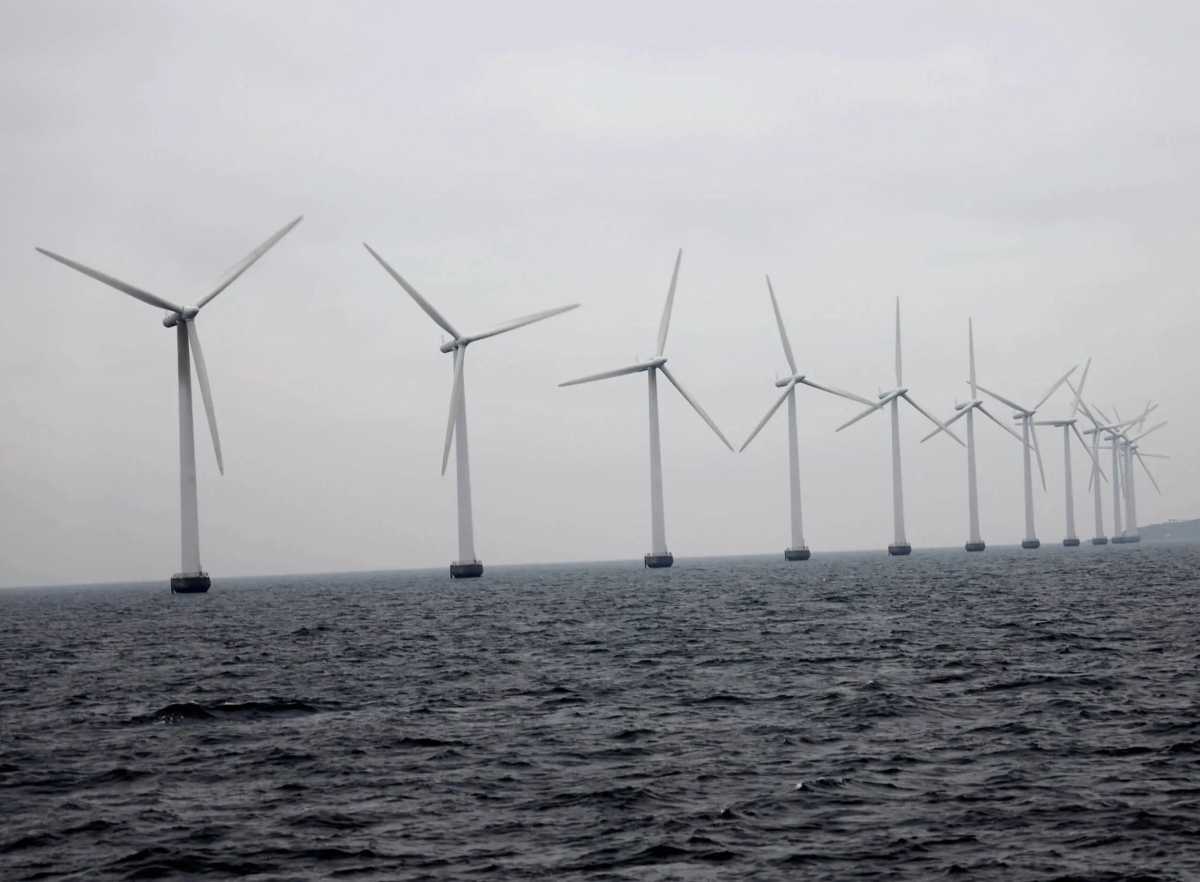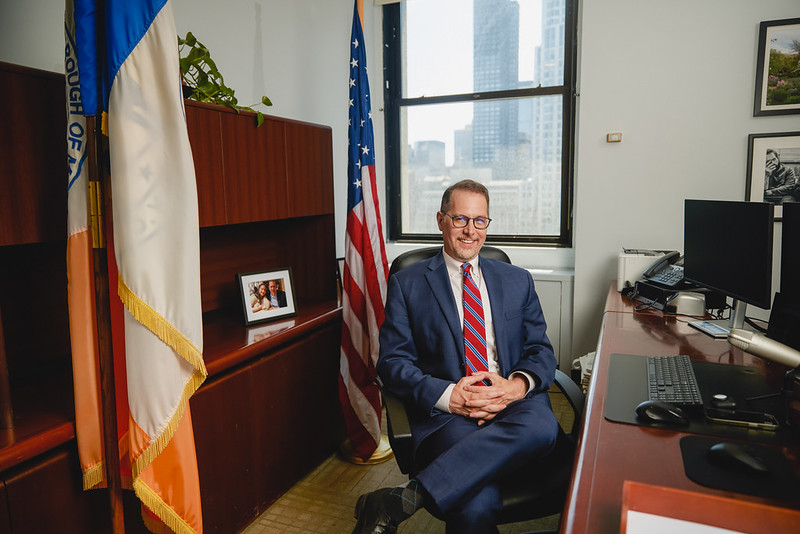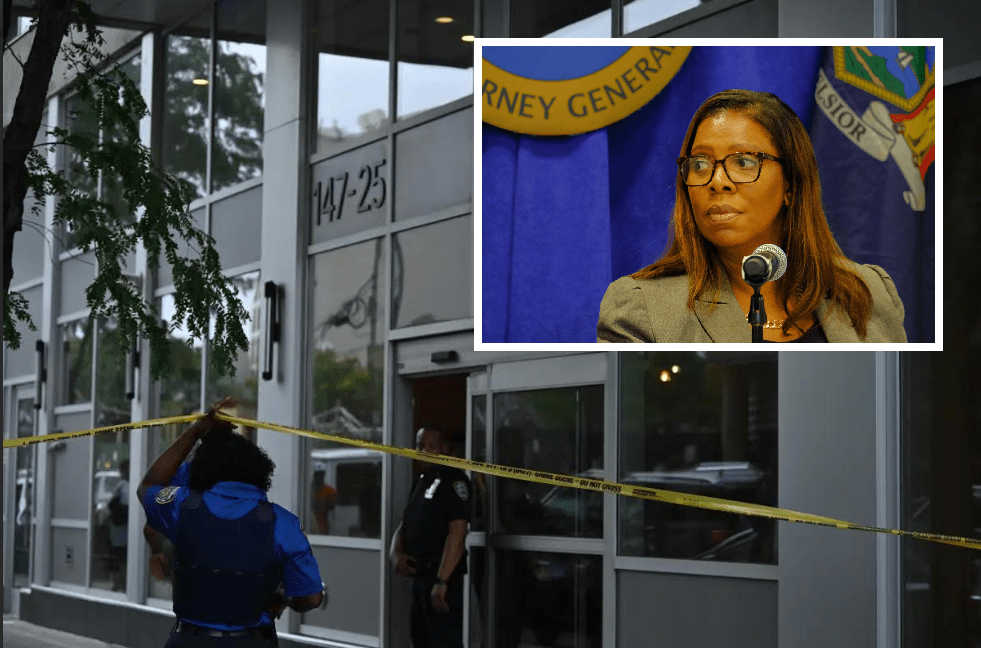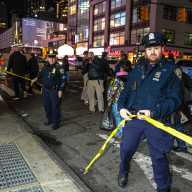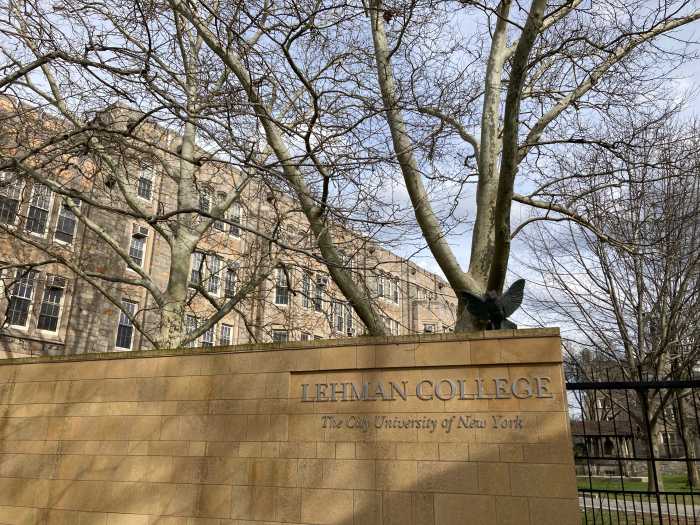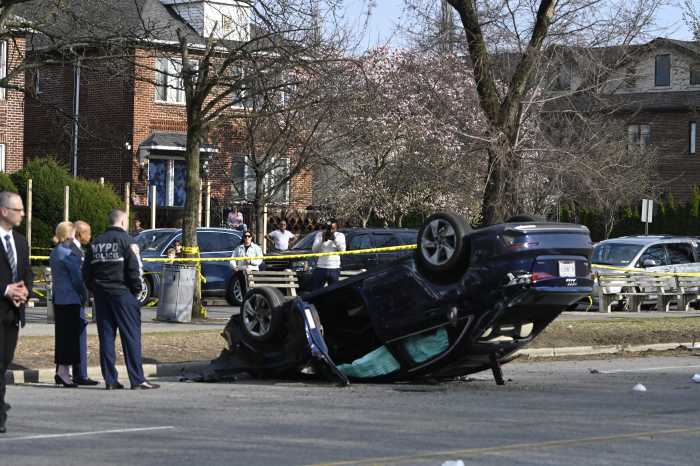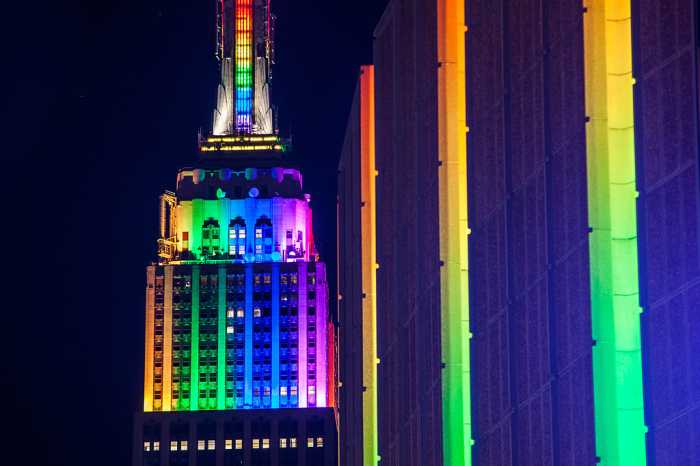
The first subway cars of the future will hit the tracks in New York City next summer.
The MTA plans to receive the initial 10, newly-designed subway cars, known as the r211 model, in July of 2020, according to an update the MTA presented to its board on Tuesday.
The design of the new train car, being built by Kawasaki, will mark a significant departure from current car models — from LED lighting and digital advertising to overall color schemes, which draw heavily from the state’s blue-and-gold flag. A model of the car was on display for riders to check out during a brief showing last winter.
“This project includes many new features to increase capacity and improve the customer experience,” said John Santamaria, a vice president and chief mechanical officer at the MTA.
The MTA hopes the new design will also ease commuter congestion. The new trains will have wider doors, and some of the cars could potentially have an “open-gangway” design, which connects each car with an accordion-style pathway to allow riders to walk from one end of the train to the other.
The authority could ultimately order up to 1,612 cars for $3.7 billion, depending on the contract options the authority’s board decides to pursue.
For now, the MTA is awaiting a $1.4 billion base order for 515 closed-end cars and another 20 open-gangway cars, which will be delivered through August 2023. The first 10 train cars coming next summer will be closed-ended, with the 20 open-gangway cars scheduled to arrive in May 2021 for their trial run.
Before the end of 2022, the MTA board will have to decide whether it wants to pursue fulfilling the order with open-gangway or standard close-ended train cars.
Open-ended subway cars have become fairly common in other cities around the world, such as Toronto, London and Tokyo, as a way to more evenly disperse passengers across a train.
MTA board member Norman Brown questioned whether the MTA was being too timid in its embrace of the new open design.
“We’ve taken a lot of criticism … regarding the failure to procure the open-gangways outright,” Brown said.
MTA Transit president Andy Byford, who started working at the MTA after the contract was approved, defended the authority’s approach because of the operating environment in the city’s subway, namely the system’s tight curves.
“We do have quite a demanding geography here in New York,” said Byford, who stressed the importance of a “quick but effective trial” of the new cars. “Let’s have a meaningful trial, but let’s not have a paralysis through analysis.”
The MTA is at the same time dealing with a significant delay in the delivery of another new car model, known as the R179, which is being built by Bombardier. The manufacturer is more than two years behind schedule for its order of 300 new subway cars. The cars were expected to be delivered in January 2017, but now aren’t expected to all arrive until September of this year.
“Obviously, that’s disappointing and what I would say is that this is déjà vu times two for me,” said Byford, who also experienced issues with late train car deliveries from Bombardier on two occasions while heading Toronto’s transit agency.
As of Jan. 11, 162 of 300 ordered cars have been delivered, though the model has had a tough time staying in service without breaking down. Byford said the trains have had a “number of defects,” including software issues with their air condition systems. The struggles have taxed the MTA, which currently has 1,024 train cars — about 15 percent of its total fleet — running beyond their 40-year life expectancy.
Bombardier did not immediately respond to a request for comment.
“We will get there,” said Byford, noting that he has hounded Bombardier over the order. “It’s kind of painful. It’s particularly annoying for me to do this for a third time. And that’s something I’ve pointed out to them very robustly.”
